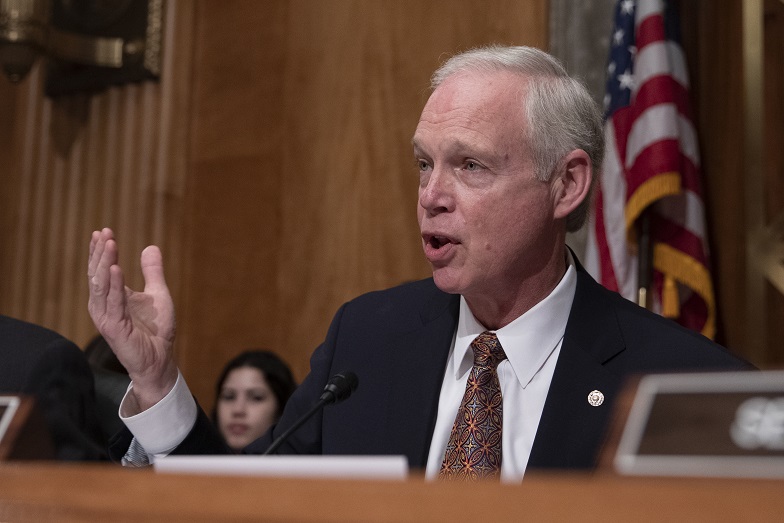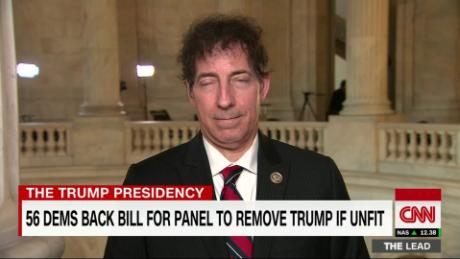
The family published the note that Tommy left. They wrote that “despite the very fine doctors and a loving family and a friendship network of hundreds” that the pain became “overwhelming and unyielding and unbearable” and that Tommy took his own life.

In sharing their loss, the Raskin family was frank about their son’s struggle with depression. And in many cases, that first diagnosis of a mental illness comes as the result of an emergency room visit or contact with the judicial system. However, only 43% of those with a diagnosable mental illness actually get treatment, according to Farinholt. “There is not one person who’s not affected somehow.” “We are all affected” said Farinholt of the impact of mental illness. And that affects all of us.”įarinholt said one in five adults in the United States will experience some form of mental illness in a year. “When someone dies by suicide, and if the family has been public about it,” said Farinholt, “the aftermath opens up an immediate opportunity to talk about suicide as a public health issue. And as if they’re facing the tragedy by themselves.”īut by issuing the statement, and explaining that their son Tommy - a bright, talented young man who suffered from depression - the Raskins opened the door to discussion and help. “And silence about a suicide loss just leaves people feeling isolated. “Stigma leads to silence,” said Farinholt. Kate Farinholt, executive director of the National Alliance for Mental Illness of Maryland, said the family’s decision to go public with the cause of their son’s death sent a powerful message.įarinholt said it helps chip away at the stigma surrounding suicide and mental illnesses like depression. Rep. Jamie Raskin, D-Md, and wife Sarah Bloom Raskin, decided to issue a public statement about their son’s life - and 25-year-old Tommy Raskin’s suicide. Business & Finance Click to expand menu.ĭays after the loss of their son, U.S.Late Monday, he retracted that request, saying that his co-counselors could fill in for him.Īfter hours of scrolling through Twitter to parse the hairy situation, it seems social media users could all agree on one thing: thanking Jake Tapper for bringing it to our attention.
#Jamie raskin yarmulke trial
Schoen’s religiosity played a part in the impeachment trial even before “The Great Kippah Debate of 2021.” Earlier this month, he requested that the trial pause at sundown on Friday so that he could observe the Sabbath. “I didn’t want to offend anyone.” He added: “It’s just an awkward thing and people stare at it.”

“I just wasn’t sure if it was appropriate,” he said.

When asked about the issue by CNN on Tuesday evening, Schoen explained why he wasn’t wearing a yarmulke. More questions arose: Should we be calling it a yarmulke? A kippah? A skullcap? Could he have grabbed a tissue and, if so, would it need to be double-ply? Did he perhaps think he had his yarmulke on and was merely reaching to keep it from falling off? And why wasn’t he wearing the yarmulke to begin with, allowing him to have both hands available to argue his case? Many modern Orthodox Jews choose not to wear a yarmulke in business settings, but will often put one on while eating, drinking or reciting a prayer. What nobody is saying, is that Schoen isn’t covering his head with his hand (which halachically wouldn’t count as a headcovering), he is covering it with the BOTTLE CAP! Did Schoen, in fact, have the water bottle cap nestled into the palm of his right hand? If so, would that count as a tiny plastic yarmulke? On the C-SPAN live feed, Schoen is clearly seen using his bare hand, while his sleeve remained several inches from the tip of his dome.Įagle-eyed sleuths slowed down the video as if they were studying the Zapruder film. Hats off to David Schoen who, like me, makes a statement with a yarmulke.


 0 kommentar(er)
0 kommentar(er)
